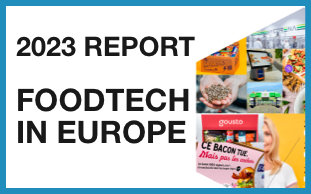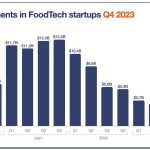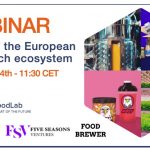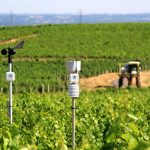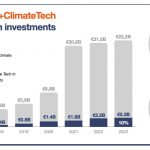One of the most fascinating elements of food is how it is deeply entrenched in our lifestyle. Then, it reveals many of our contradictions on topics as important as health, equality, or the environment. Notably, on this last topic, we may have long-term convictions. However, our short-term actions often go in the opposite direction (think about how meat consumption is still increasing even as consumers declare themselves more vegetarian or flexitarian). As often, it is better shown than explained with words, let’s look at some graphs that illustrate some of our food contradictions.
1 – Fighting obesity the wrong way?
Obesity is exploding all over the world. In the last World obesity report, we learn that half the world will be overweight in 2035. In some countries, half the population will actually be obese in 10 years. This has a huge human, economic and societal cost. The estimated yearly cost, for the US alone, is above a trillion dollars, or 4% of GDP.
Faced with this challenge, do we have a structured answer? Not really; it’s even the opposite. You may have heard about new “miraculous” diabetic drugs like Ozempic. They are used more and more for weight loss (the one Elon Musk talked about). Looking at the Google Trends graphs above, it seems these new drugs are the new “diet trend”. They are now more “trending” in terms of search than older fads such as intermittent fasting or keto diets.
Looking at these graphs, I see the need for innovation in at least 3 directions :
- better foods, with more nutrients and eventually fewer calories with alternative fats and sugars
- individual knowledge about our metabolisms to make educated choices on what we eat (from tests on the microbiome to glucose monitoring devices…)
- services to help consumers eat healthier diets, notably through ready-to-eat meals.
2 – How much should we cut meat consumption?
Below is a fascinating graph showing how much meat we are currently eating (in red) in each region and how much we’ll be eating in 2050 if we follow the current trends.

The dotted line shows the effort to make to reach an equitable (based on population) 52 calories of meat per day and per person. Reaching this level would mean:
- closing the land gap or the additional land, we would need to produce the projected required amount of meat
- solving 50% of the agriculture mitigation gap: the difference between what is projected and the greenhouse gas emissions level we need to reach to remain below 2°C.
52 calories of ruminant meat is about 1.5 hamburgers per week. Let’s say we are globally far from reaching this goal.
This graph is again a demonstration of the need for innovation to get around human behaviours. Here, alternative proteins, from plant-based burgers to cellular agriculture foie gras, will help reduce the gap between what we need to do and what we are really ready to do.

